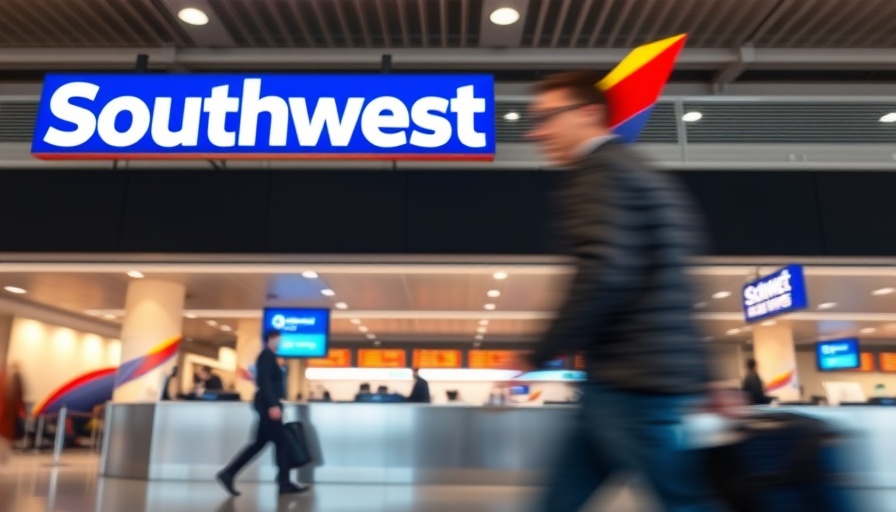
Shocking Air Travel Incident Sparks Safety Concerns
On a routine flight from Southern California to Las Vegas, passengers aboard Southwest Airlines Flight 1496 experienced a terrifying plunge when the aircraft unexpectedly dropped approximately 300 feet in just 36 seconds. The alarming descent was triggered by an onboard alert regarding a nearby aircraft, which caused panic among several passengers.
As the plane jolted, Stef Zamorano described an unsettling scene where she witnessed fellow passengers being thrown from their seats. “The lady in front of me shot up and out of her seat... the man next to her was holding her arm, trying to comfort her,” she recounted. This chaotic atmosphere only heightened when a fellow passenger voiced what many were undoubtedly thinking: a desperate plea to be back on solid ground.
The FAA Investigation and Safety Implications
The Federal Aviation Administration (FAA) has initiated an investigation into the incident as safety experts express concern about what seems to be an alarming trend in aviation. This event, although startling, is a reminder of the underlying issues related to air traffic safety and the visibility of nearby aircraft during active flights.
Following the emergency alert, which stemmed from the aircraft's proximity to a Hawker Hunter fighter jet, the decision to suddenly drop altitude was made in an effort to avoid a potential midair collision. Southwest Airlines confirmed the occurrence of multiple alerts necessitating a reaction from the cockpit, asserting that the situation was handled according to protocol. However, as the FAA continues to analyze the circumstances surrounding the close call, discussions regarding aviation safety protocols and pilot training in emergency scenarios are paramount.
Lessons From Experience: Staying Prepared
This incident serves as a poignant reminder about the importance of preparedness and awareness in air travel. Business professionals flying for meetings or conferences should keep in mind that safety regulations are stringent for good reason. Ensuring your seatbelt is fastened at all times and staying calm in emergencies can make a significant difference in critical situations.
In a broader context, this incident contributes to the ongoing dialogue about the safety enhancements required for air travel, especially considering increased air traffic. As passengers, having a solid understanding of flight safety protocols and remaining engaged with discussions around aviation standards can empower travelers in making informed decisions.
The Future of Air Travel Safety
As investigations proceed, it is essential to consider the future implications of such incidents. With the continual growth of the aviation industry and advances in aircraft technology, safety measures will need to evolve concurrently. Conversations about the integration of automation in preventive safety measures, better pilot training for emergency protocols, and more robust air traffic management systems will play a crucial role in ensuring that flying remains one of the safest modes of travel.
As events like this unfold, regular updates about air travel protocols, as well as personal preparedness tips, can be beneficial for all passengers and travel industry professionals alike. With heightened awareness and proactive measures, we can all contribute to making flying safer.
 Add Row
Add Row  Add
Add 



Write A Comment